Balata refugee camp turning to another ‘stronghold’ for resistance in West Bank after Jenin
Balata refugee camp, located near the occupied West Bank city of Nablus, is reportedly turning into another stronghold for Palestinian resistance fighters just as the Jenin refugee camp, causing serious concern for the Israeli regime’s authorities and its occupation forces.
The western part of the Jordan River has over the past year been the scene of heavy clashes, even more fierce than in the first and second Intifada.
Reports by the witnesses attest to the widespread use of firearms against Israeli soldiers and settlers in retaliatory attacks by Palestinians and the emergence of armed resistance groups with different names and designations.
The apex of the Palestinian resistance was manifested after Israel launched a large scale military campaign against Jenin in the early hours of July 3.
The Tel Aviv regime mobilized upwards of 1,000 troops as a means of supposedly damaging the resistance “infrastructure” in the city and the refugee camp that it hosts. At least 12 Palestinians and one Israeli trooper died as a result of the conflict, during which a steadfast Palestinian resistance response prompted the regime to pull out its forces after less than two days.
An assortment of Palestinian resistance groups and factions threw their weight behind Jenin Brigade in its battle in the occupied West Bank city, including the armed wings of the Gaza-based resistance movements of Hamas and the Islamic Jihad.
The resistance is pushing its boundaries and expanding its realm to Balata camp, the largest camp for Palestinian refugees, which was established in 1950 and is supported by the United Nations Relief and Works Agency for Palestine Refugees in the Near East (UNRWA).
Palestinian media and the Israeli news outlets acknowledge that the camp, which is located 27 kilometers south of Jenin camp, is “gradually” becoming another center of armed resistance against the illegal entity in the occupied West Bank.
On Wednesday evening, the Israeli regime forces raided the camp to arrest several members of the Balata Brigade and dismantle the positions of the forces of the armed resistance group. Earlier in the day, a young Palestinian was shot in the chest and taken to the hospital during the clashes between the occupation forces and the residents of Balata.
Last week, dozens of people from the camp took to the streets and chanted against the Palestinian Authority (PA) and the alleged cooperation of the organization's security forces with the Israeli regime.
On May 22, the Palestinian Red Crescent announced the martyrdom of three Palestinians in an attack by the Israeli occupying forces on the Balata camp. A week earlier, the Palestinian Ministry of Health announced that two Palestinian youth, 32-year-old Saed Jihad Shaker Mesha and 19-year-old Adnan Wasim Yousef al-Araj, were shot dead by Zionist soldiers in the Balata camp.
Annan Najib, a Palestinian journalist and political analyst, pointed to the extensive activities of various resistance groups in Balata, each of which has some 100 members.
“The withdrawal of Israeli forces after facing the brave resistance of Palestinian youth in the city of Jenin, in the northern part of the occupied West Bank, showed that the equations have changed,” Najib said.
“The Jenin war once again showed the meaning of the unity of the resistance groups on the battlefield, which will be decisive for the situation in Palestine,” he added.
The political analyst underlined that the occupying regime is facing a “new stage” of resistance as there is “no more space” for Israeli forces to attack whenever and whoever they want.
Reports said on July 11 that resistance forces fired a rocket named "Qassam 1" from Jenin at the Israeli settlement of Shaked, with the illegal settlers writing a letter to Israel’s military top brass that the north of the West Bank has become a “second Gaza” and the occupation army can hardly take action in the area.
More than 200 Palestinians, including 35 children, have been killed by Israel since the beginning of this year as the regime has ramped up attacks on Palestinian towns and cities.
A total of 165 people have died in the West Bank and East al-Quds, making 2023 one of the bloodiest years in the occupied Palestinian territories. Another 36 people were killed in the Gaza Strip.
D-8’s role in Iran’s economy after Cairo summit
China slams US as ‘war-addicted’ threat to global security
China ‘firmly opposes’ US military aid to Taiwan
VIDEO | Press TV's News Headlines
President Yoon Suk Yeol to be removed from office
At least 19 Gazans killed by Israeli airstrikes since dawn: Medics
Leader: Iran neither has nor needs proxy forces
US fighter aircraft shot down ‘in friendly fire’ amid aggression on Yemen


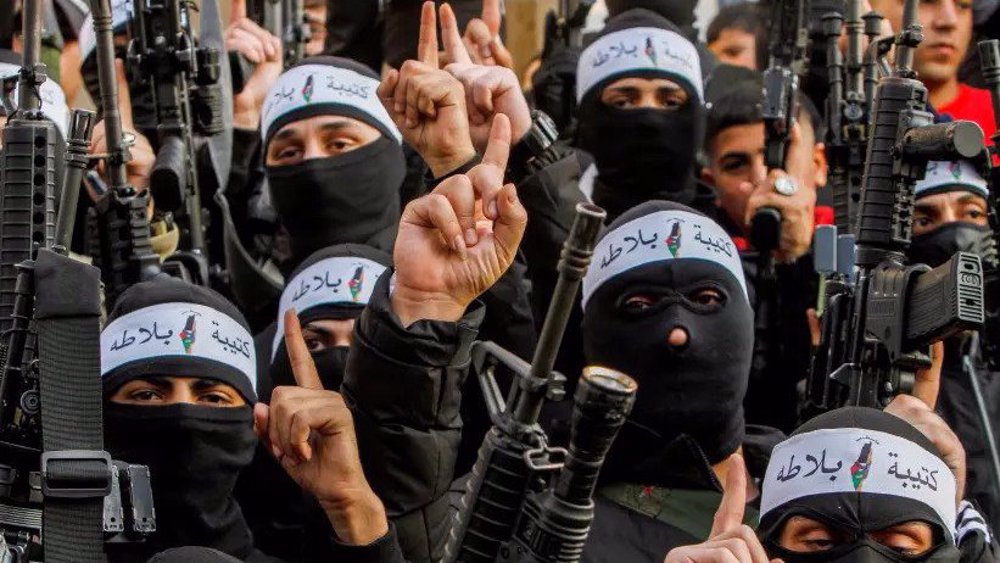
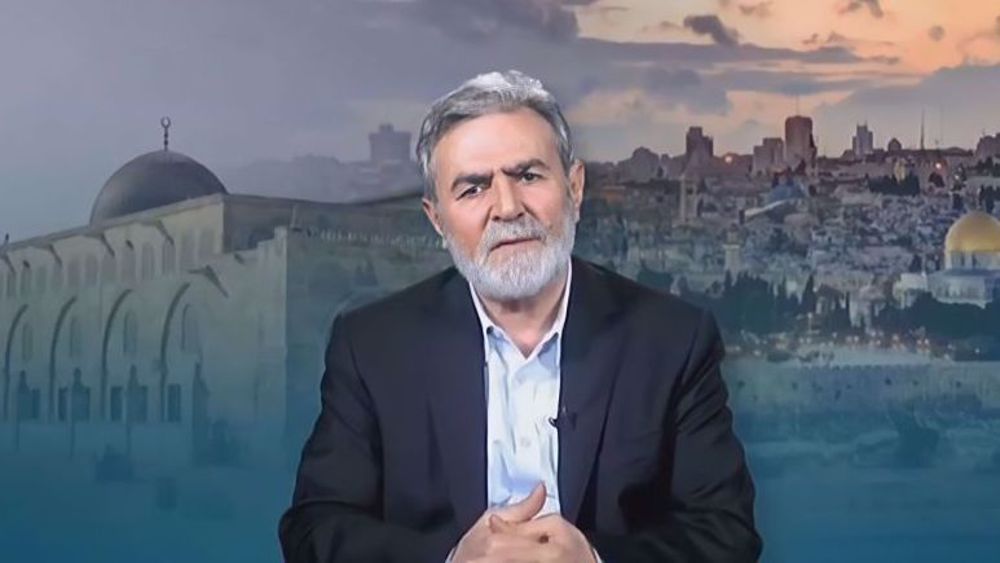


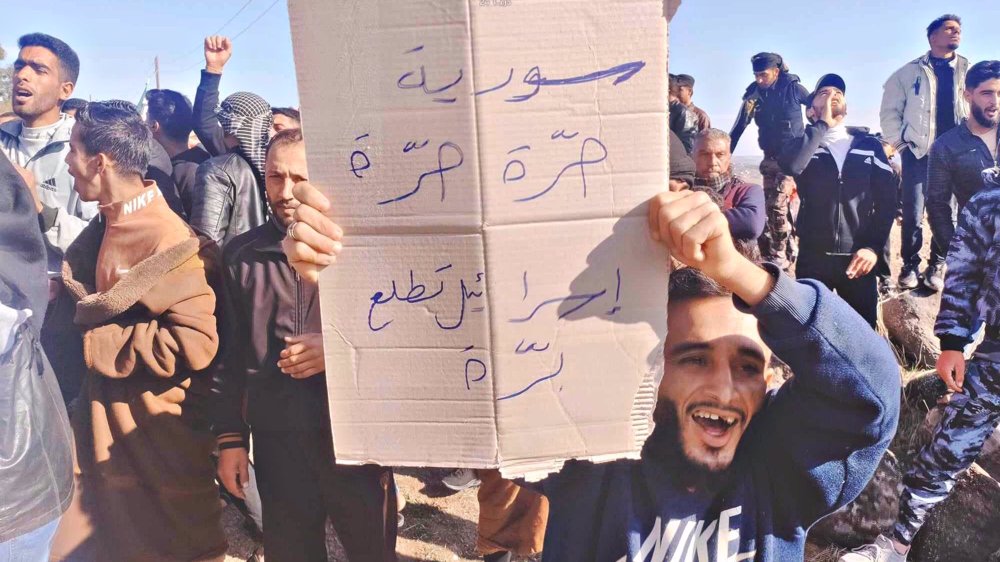
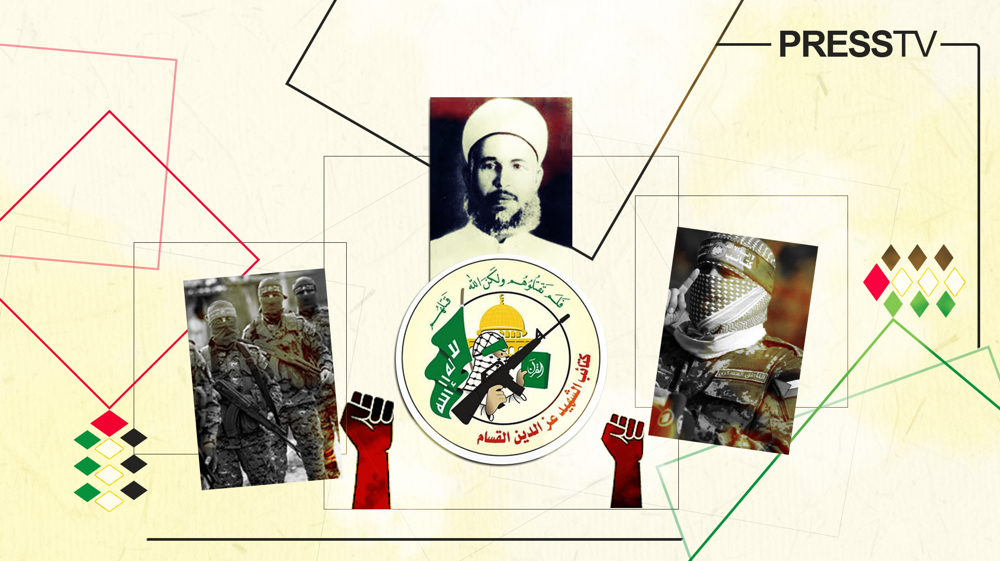



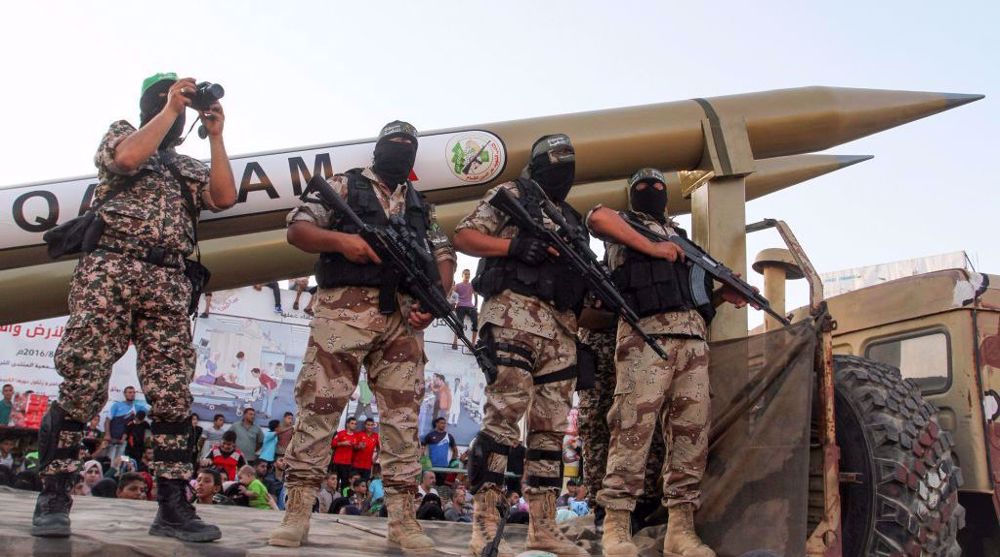
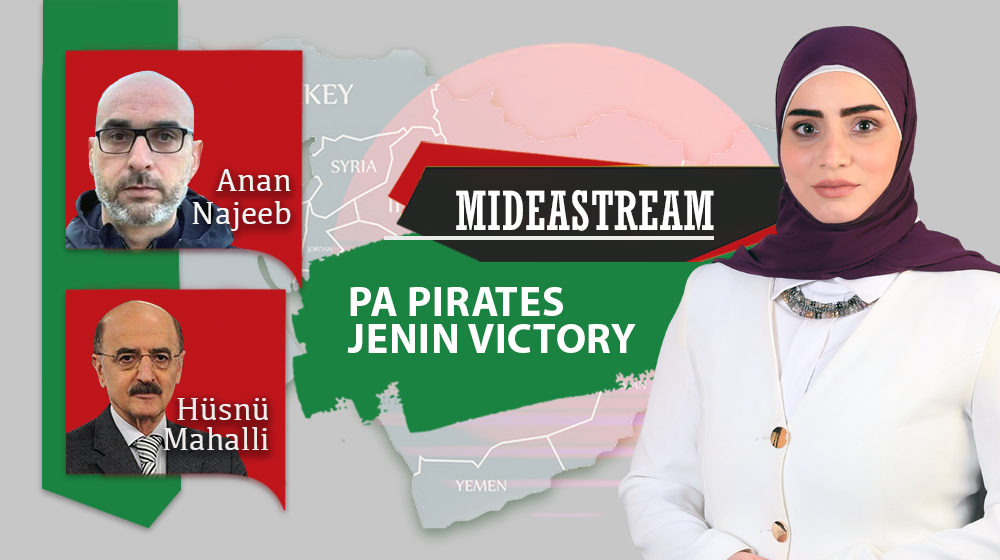



 This makes it easy to access the Press TV website
This makes it easy to access the Press TV website